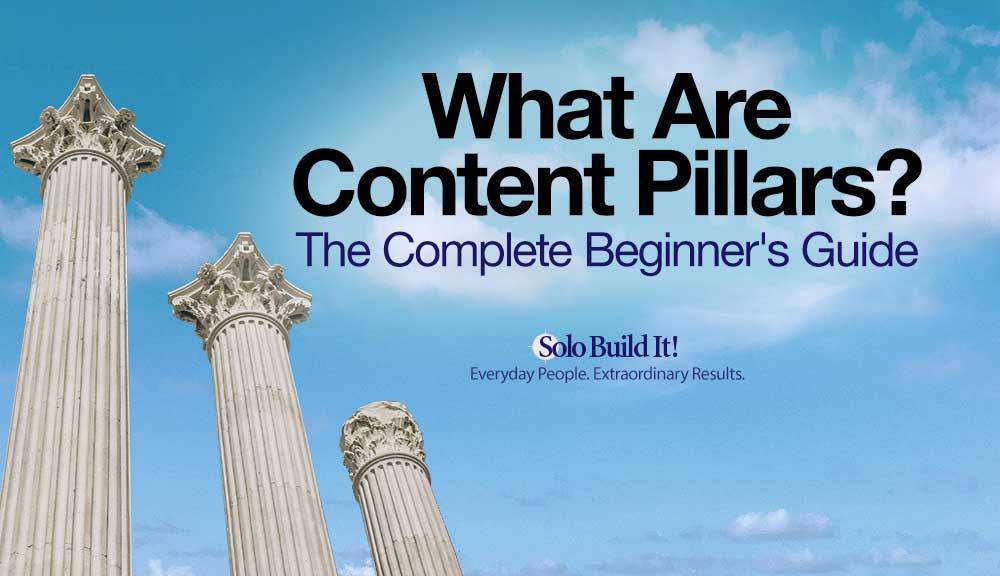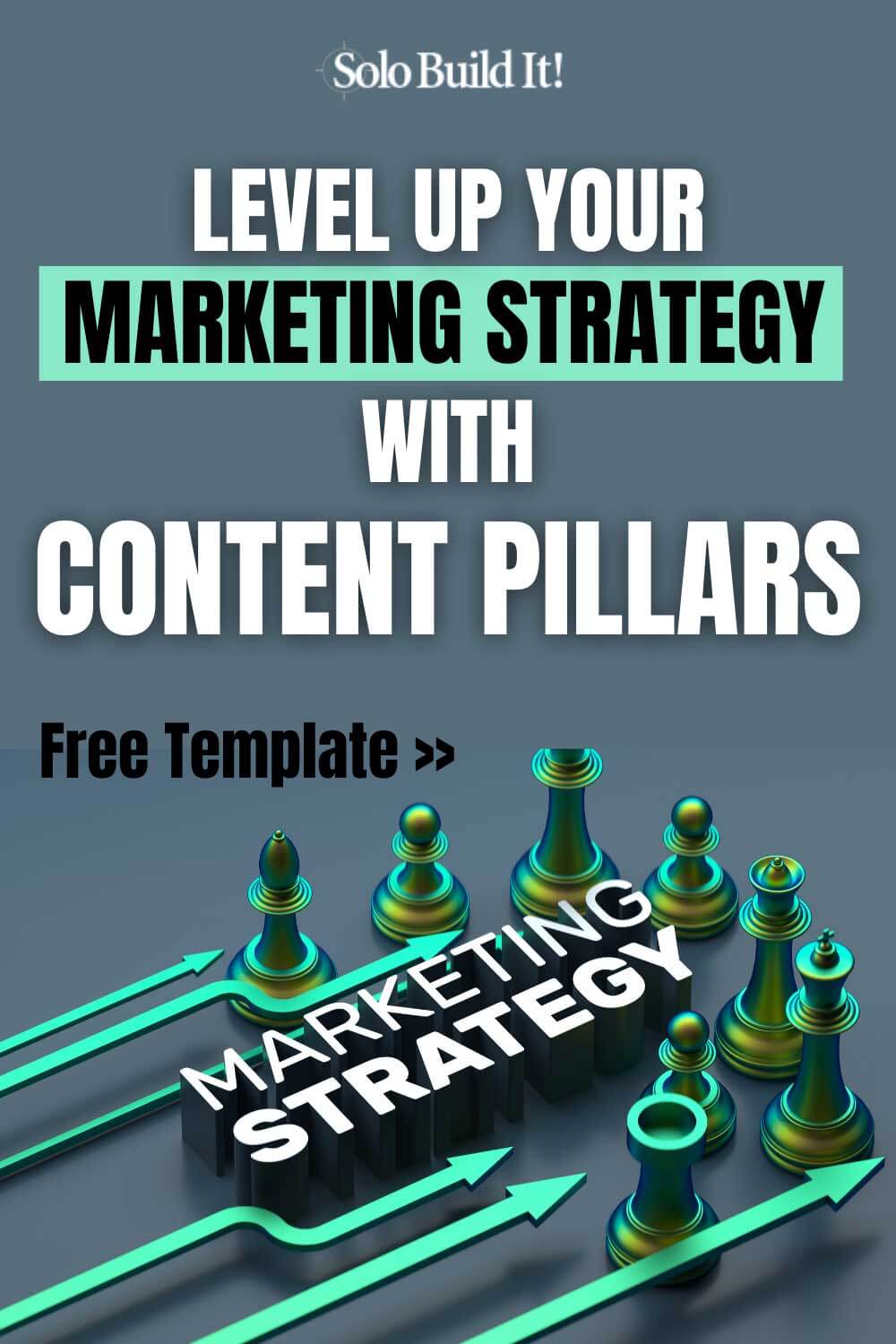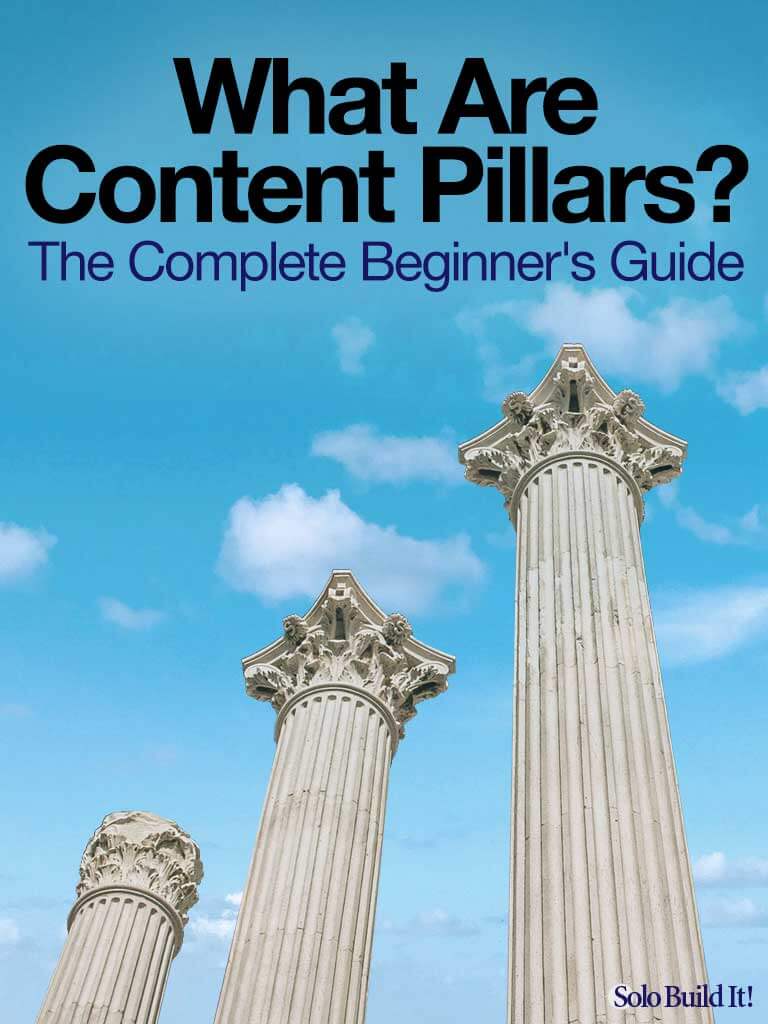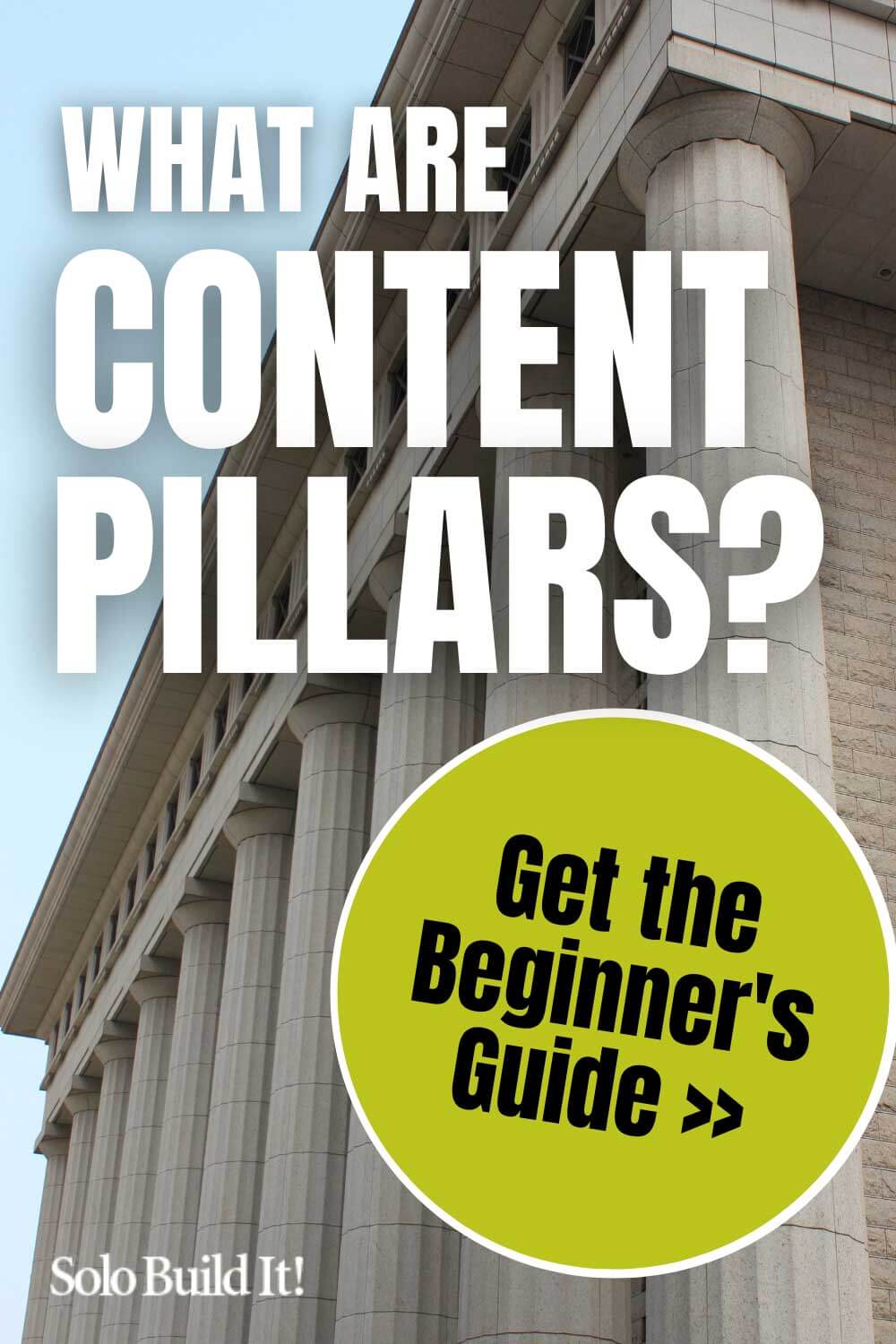
Content marketing involves creating content pillars in the form of online material (such as videos, blog posts, and social media posts) that don’t necessarily promote your brand, but are intended to stimulate interest in your products or services.
When creating a content marketing strategy for blogging or web content, it’s essential to focus on your content pillars (sometimes called cornerstone pages or content clusters) since they provide direction and boost brand recognition.
For the purpose of this article, we’ll call them content pillars. But what are content pillars? How do you create a pillar marketing strategy? In this guide, we explain it all in detail.
What Are Content Pillars?
Content pillars are the foundation of a successful content marketing strategy. They’re the topics around which you build your content strategy. Thus, they should be closely related to your brand’s mission and values.
For example, if you’re a fashion brand, your content pillars might be styles, trends, and self-expression. If you’re a B2B software company, your content pillars might be industry news, tips & tricks, and product updates.
Whatever your brand or business, your content pillars must be chosen carefully to reflect your target audience’s needs and interests.
Without content pillars, your content marketing strategy will be unfocused and all over the place.
Your content pillars provide a structure for your content strategy and ensure that all your content is aligned with your business goals. With a well-defined set of content pillars, you can produce consistent, high-quality content that resonates with your target audience.
Main Elements of Content Pillars
Typically, a content marketing strategy has three pillar pages. These include “guide,” “what is” and “how to.” Here’s an overview of these three elements.
Guide
In the “guide” format, a web page must answer a highly relevant question to your target audience. Therefore, it needs to be comprehensive and cover all the different aspects of the topic.
The “guide” should also be well-organized so that readers can easily find the information they’re looking for. Use headings and subheadings to break up various sections.
The guide page heads your content marketing strategy. Meanwhile, other content clusters form the remaining limbs. For example, if you’re creating a blog about sustainable living, the guide page can cover the “Ultimate Guide to Sustainability.'”
What Is
The “what is” pillar page usually has long-form blog content. This type of content is designed to educate your target audience about a particular topic, product, or service. Therefore, it needs to be comprehensive, covering all the different aspects of the topic.
As with the guide, it’s vital to use headings and subheadings to break up the “what is” article so that readers can easily find the information they’re looking for. It’s also helpful to have videos (such as vlog content), graphs, and illustrations on this page.
How To
The “how to” pillar page provides step-by-step instructions on doing something. It’s usually a shorter piece of content than the “what is” or “guide.”
This type of content is designed to help your target audience accomplish a specific task. For example, you might have a “how to” page that shows visitors how to change the oil in their car.

How to Create a Content Pillar Strategy
Now that you know the basics of pillar marketing, let’s discuss how to create a content pillar strategy. How do you choose pillar themes? What are some content pillar examples to be inspired by?
Step 1: Identify the Topics
The first step in your content pillar marketing strategy is to develop a list of potential topics.
Next, use a keyword research tool like Google’s Keyword Planner or the Solo Build It! Brainstorm It! tool to find relevant keywords searched for by your target audience.
Also consider using a tool like BuzzSumo to see what content is shared most on social media. It will give you an idea of what topics resonate with your target audience.
Step 2: Audit Your Content
Take a look at your current content and check if you can leverage any post for a pillar piece. You can also develop a site blueprint to create a roadmap of how you want your website to look.
A website blueprint is a sitemap that outlines the hierarchy and structure of your website. It will help you determine which topics need to be covered on your pillar pages.
Step 3: Create a Cluster Map
Once you have a list of potential topics, it’s time to create a cluster map. This is a visual representation of how your pillar pages and other supporting content pieces will be arranged.
For instance, the SBI! 3-tier website structure is one approach. Using this methodology, you’d create three tiers on your website.
- Tier 1: The home page, which focuses on the concept keyword of your website.
- Tier 2: Sub-categories or hub pages. Your Tier-1 page links to these Tier-2 pages.
- Tier 3: Subtopics of Tier 2. Tier 2 links to Tier 3 pages.
There are several approaches to organizing your tiers (spreadsheets, mind maps, whiteboards, etc).
SBI!’s Blueprint It!, for example, is an intuitive, simple-to-use drag and drop module that allows you to plan and visualize your website’s navigation structure.
Blueprint It! is integrated directly within Brainstorm It!, SBI!’s smart brainstorm and keyword research Tool. It allows you to arrange your keywords (which will become the pillars and pages of your site) into tiers.

Step 4: Write the Content
Now that you have a list of topics and an organized way to arrange them, it’s time to start writing the content. Begin with the “what is” article since it will be the longest piece of content.
Once you’re done with that, move on to the “guide.” And finally, write the “how to” article. Include headings, subheadings, and images in your content to make it more scannable.
It’s also important to optimize your pillar pages for search engine optimization (SEO). Include the target keyword in the title, meta description, and throughout the body of the article.
Use external and internal links to further improve the SEO of your pillar pages. For example, you can link to other articles on your website or to external websites that provide more information on the topic.
Four Purposes of Content
When brainstorming for content pillar ideas, you should keep in mind the four purposes of content creation: to entertain, inspire, educate, and convince.
- To Entertain: Such content relieves boredom, makes people laugh, or helps them take a break from their mundane routine. For example, memes, listicles, and quizzes come under this category.
- To Inspire: This type of content evokes certain emotions in the audience. The purpose here is to get people to take action. For instance, an article with a rags to riches story is likely to inspire its readers.
- To Educate: Educational content provides people with useful information. The motive here is to inform the audience about something they didn’t know before. While you can create online courses to go in-depth, how-to guides and written tutorials work just as well when organized properly.
- To Convince: Create this content when you want people to take action, such as following your call-to-action (CTA) or getting in touch with you for a consultation.
Examples of Content Pillars
If you’re a beginner, some content pillar examples will help you understand what a good pillar looks like. Here’s a content pillar example for a hypothetical travel company in Florida.
The company — let’s call them Wanderlust — conducted research and found that most of its target customers are interested in visiting the Everglades National Park. Thus, the central pillar of their website is “Visit Everglades National Park.”
The guide pillar piece will be titled “The Ultimate Guide to Planning a Visit to Everglades National Park.” The “what is” article will be called “What is Everglades National Park and Why You Should Visit It.”
Finally, the “how to” pillar will be “How to Get the Most Out of Your Visit to Everglades National Park.” Since the pillar themes surround the Everglades National Park, the other topics on the website can look like this:
- Vacation Packages for Everglades National Park 2022
- Top 10 Things to Do at Everglades National Park
- Best Places to Stay in Everglades National Park
- Best Time to Visit Everglades National Park
- How to Save Money on Visiting Everglades National Park
As you can see, all these topics are related to the main pillar of “Visit Everglades National Park.” So that’s how to approach content curation for your website too.
Content Pillars Wrapping Up
Whether you have an online business or a brick-and-mortar store, you need to have a content strategy for your website. Content pillars are a great way to organize your site’s content and make it more valuable for visitors.
When creating content pillars, start by conducting keyword research and determining the main theme of your website. Once you have that, brainstorm a list of topics that you can write about. Finally, create the content pieces and optimize them for SEO.
To help you visualize the content structure of your existing or future website, download our free 3-tier site site structure template.





Wesley Cherisien






